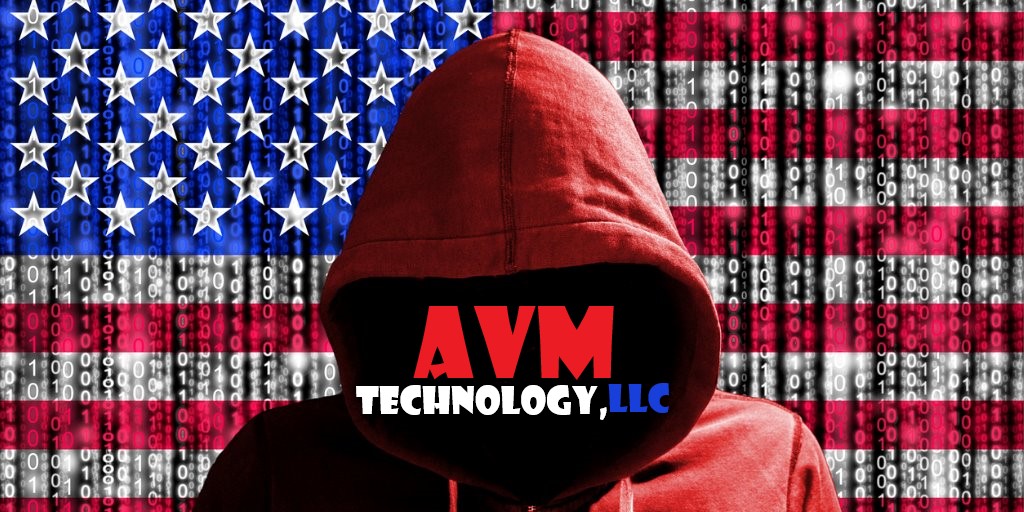Destruction or Spoliation of Evidence
- Log in to post comments
A computer forensics expert frequently encounters issues involving spoliation of evidence. The United States Court of Appeals, located in Richmond, VA articulated the issue of spoliation and the legal standard to apply. The leading authority in the Fourth Circuit respecting spoliation is Vodusek wherein the plaintiff’s husband died as a result of second and third degree burns following the explosion of her husband’s boat; and in developing evidence to support allegations of product liability and negligence, agents of the plaintiff, namely her two children and an expert in marine vessel safety, employed destructive testing methods that rendered many portions of the boat useless for examination by the defendants and their experts. The court first concluded that the plaintiff had a duty not to take any action that would cause the destruction or loss of relevant evidence where to do so would hinder the opposing side from making its own examination and investigation of all potentially relevant evidence. As a result of the substantial destruction of the boat by the plaintiff’s agents, the district court gave an adverse inference charge to the jury and the jury subsequently found for the defendant.
On appeal, the Fourth Circuit upheld the adverse inference instruction. Plaintiff argued that the adverse inference was not warranted because the defendants could not show that she acted in bad faith. The Court of Appeals rejected that argument, finding instead that “while a finding of bad faith suffices to permit such an inference, it is not always necessary.” The court articulated the following reasoning: To draw an adverse inference from the absence, loss or destruction of evidence, it would have to appear that the evidence would have been relevant to an issue at trial and otherwise would naturally have been introduced into evidence. Even the mere failure, without more, to produce evidence that naturally would have elucidated a fact at issue permits an inference that “the party fears to produce the evidence; and this fear is some evidence that the circumstance or document or witness, if brought, would have exposed facts unfavorable to the party.”
The Fourth Circuit then articulated the guiding precept that, when a “proponent’s intentional conduct contributes to the loss or destruction of evidence, the trial court has discretion to pursue a wide range of responses both for the purpose of leveling the evidentiary playing field and for the purpose of sanctioning the improper conduct.” Of particular import to the facts of this case, the court, in Vodusek, stated that “[w]hile Vodusek may not have acted in bad faith in destroying portions of the boat, those portions were permanently destroyed as part of Halsey’s deliberate investigative efforts.” Thus, proof of bad faith is not necessary to obtain relief from spoliation.
To establish a claim of spoliation, a movant must show that the adverse party had a duty to preserve the allegedly spoiled documents and that the documents were intentionally destroyed. The natural consequence of spoliation is that the moving party was prejudiced by the destruction. The degree of culpability and the prejudice suffered by the moving party will guide a Court in its formulation of remedial and punitive action.
This computer forensics example has been presented by AVM Technology, LLC, a Computer Forensics, E-Discovery, and Computer Security consulting company located in Richmond, VA and serving clients throughout the United States.
